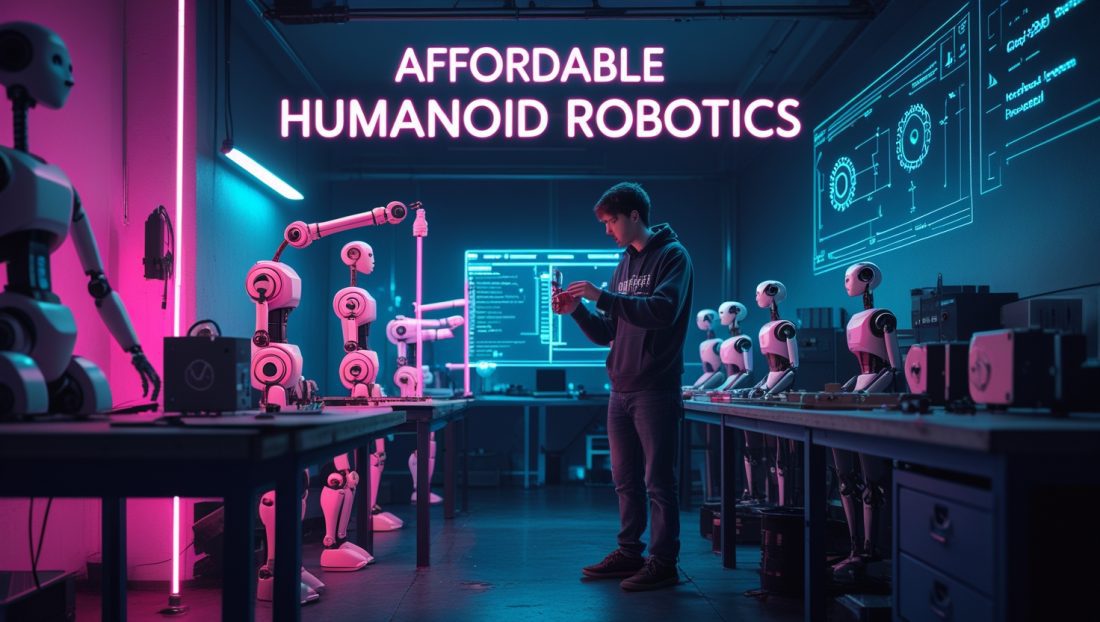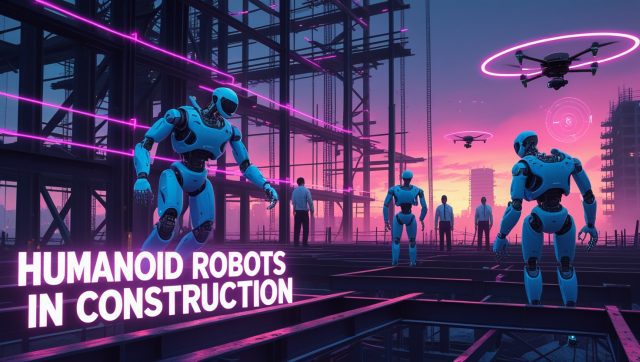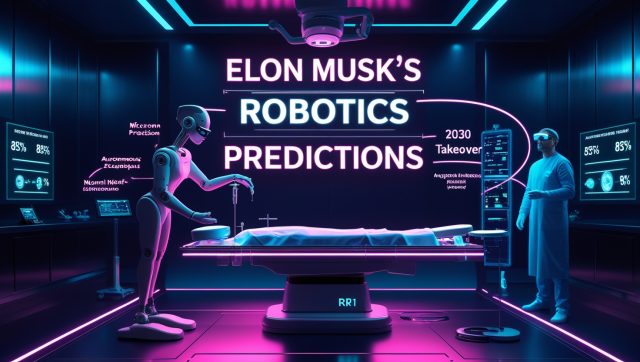The whirring in Yufeng Chi’s dorm room wasn’t from a high-end industrial arm. It came from a makeshift robot cobbled together from YouTube tutorials and salvaged parts—a testament to the frustration every aspiring roboticist faced before 2025. As an undergraduate, Chi hit a wall: actuators were locked behind paywalls, motors were prohibitively expensive, and proprietary code was impenetrable. “I wanted to build my own humanoid robot,” he recalls, “but developers kept the source code private.” That frustration ignited a movement now reshaping global manufacturing through affordable humanoid robotics.
Enter the Berkeley Humanoid Lite—a 1-meter-tall, 16kg machine built from 3D-printed parts and off-the-shelf components. Priced under $5,000, it’s not just affordable; it’s transformative. Unlike Tesla’s $20,000 Optimus or Unitree’s $16,000 G1, this platform democratizes robotics for small factories, vocational schools, and even high school clubs. Its secret? Modular design and radical accessibility. For a deeper dive into how open-source robotics is fueling innovation, check out Hugging Face’s open-source robots shaping 2025.
Why Industrial AI Desperately Needs Disruption
For decades, humanoid robotics served only the elite:
- Prohibitive Costs: Commercial models like Agility Robotics’ Digit commanded $70,000–$100,000, excluding all but Fortune 500 companies.
- Black-Box Ecosystems: Proprietary software prevented customization for niche tasks like brewery tank inspections or small-batch assembly.
- Specialized Skill Barriers: Projects assumed access to CNC machines and custom PCBs—tools far beyond a typical maker space.
The consequences were stark: innovation bottlenecked in corporate labs while small manufacturers languished with outdated automation. BYD’s plan to deploy 20,000 humanoids by 2026? Impossible without open alternatives.
Inside Berkeley’s $5,000 Game Changer
Radical Affordability Through Modularity
Chi’s team reimagined robotics development:
- Build One Joint at a Time: Start with a single 3D-printed actuator ($150), test its motion, then scale to limbs. No six-figure upfront investment.
- Off-the-Shelf Sourcing: Raspberry Pi controllers, AliExpress sensors, and standard stepper motors replace custom parts. Total hardware cost: <$5,000.
- On-Demand Repairs: Break a gear? Print a replacement in 12 hours instead of waiting weeks for a $2,000 proprietary component.
This modular approach slashes barriers for small businesses adopting affordable humanoid robotics solutions. By leveraging 3D printing, Berkeley’s design empowers makers to iterate rapidly, aligning with the growing trend of robotics in 3D printing unlocking potential. A 2025 report by 3D Printing Industry highlights how advancements in additive manufacturing are driving down production costs and enabling scalable automation.
Industrial-Grade Durability Where It Matters
Critics questioned 3D-printed plastic’s strength. The answer lay in a cycloidal gearbox with oversized teeth distributing load across 40% more surface area. Result? Zero actuator failures during stress tests despite 35 lbs of continuous motion.
“We designed this so that if an actuator breaks, you just print another. But we haven’t broken a single one.”
— Yufeng Chi, Lead Developer, Berkeley Humanoid Lite
Real-World Impact: From Warehouses to Waste Management
While competitors demo parkour, Berkeley’s platform delivers tangible value today:
Agile Manufacturing Prototyping
At BMW’s Spartanburg plant, reconfiguring a Figure 02 robot for new tasks takes three weeks. Berkeley’s open-source framework slashes that to days. Automotive engineers now test gripper mods for electric vehicle battery handling in real time.
This agility is critical for manufacturers adapting to rapid market shifts, especially in industrial AI transforming factories in 2025. A McKinsey report examines how AI-driven prototyping and modular automation are accelerating the reconfiguration of factories.
High-Risk Maintenance
A Norwegian brewery deploys modified Humanoid Lites for boiler inspections—navigating stairs and confined spaces wheeled bots can’t access. Sensors detect gas leaks while reinforced joints handle -20°C environments.
Community-Driven Innovation
- Shanghai Startup: Built a waste-sorting prototype in 9 days using Berkeley’s GitHub files—saving $200,000+ in R&D.
- Discord Collaboration: Users share torque-boosting actuator tweaks (17% gains) and waterproofing mods.
The Sensor Revolution Enabling Affordability
Affordable humanoid robots demand cost-effective sensing. IDTechEx forecasts a $10 billion market for humanoid sensors by 2035:
- Tactile Hands: Flexible capacitive sensors ($0.4–$1.2/mm²) enable delicate object manipulation without $50,000 force-sensing fingers.
- LiDAR + Camera Fusion: Hesai’s low-cost LiDAR provides 360° spatial awareness where cameras fail—critical for dim warehouses or foggy outdoor sites.
These advancements in low-cost sensor technology for robotics are pivotal for scaling automation in challenging environments. By integrating affordable LiDAR and tactile sensors, Berkeley’s platform ensures precision without breaking budgets, aligning with trends in cost-effective automation solutions. This approach mirrors the broader push for accessible tech in industrial settings, driving efficiency across global supply chains.
“Vision alone fails in dynamic environments. Affordable LiDAR is non-negotiable for real-world deployment.”
— Hesai Technology, Leading LiDAR Supplier
The Open-Source Ecosystem Accelerating Change
Berkeley isn’t alone. Hugging Face’s $3,000 HopeJR (shipping late 2025) and $300 Reachy Mini prove open robotics is scaling. Their LeRobot platform offers pre-trained RL models transferable to Berkeley’s hardware—slashing development time.
China’s Policy-Driven Surge
With 5,688 patents filed since 2020—four times the U.S. total—China dominates affordable robotics. Shenzhen targets 100-billion-yuan industry scale by 2027, funding startups like Unitree (1,000+ units shipped) and AgiBot’s data factories generating 50,000 task trajectories daily.
The Road Ahead: 2026 Projections
Current Limits: Locomotion remains “wonky” (Chi’s admission), and battery life caps at 4 hours. Yet by 2026:
- Hybrid Workcells: Humanoid Lites will handle non-ergonomic tasks alongside traditional arms in factories like Foxconn.
- AI Convergence: Hugging Face’s LeRobot datasets will train Berkeley bodies for zero-shot valve-turning.
- Cost Collapse: BYD aims for 25% cost reduction per robot, driving prices toward $2,000 for educational kits.
Why This Changes Everything for Industrial AI
Democratization isn’t charity—it’s competitive necessity. When a Lagos startup can 3D-print robots for local textile factories, it reshapes global supply chains. As Dr. Koushil Sreenath, Berkeley’s project lead, notes:
“We’re redistributing innovation capacity. A high school robotics club now iterates at the speed of Boston Dynamics’ R&D lab.”
The Berkeley Humanoid Lite proves accessible robotics amplifies human ingenuity. Every printed actuator in a garage or classroom represents a solution to an unsolved industrial problem—waiting only for the tools to build it.
Explore the Hardware Files: Berkeley Open Robotics Portal
Join the Movement: Open Source Robotics Foundation
Disclaimer: This article is based on current information and industry trends as of June 29, 2025. While every effort has been made to ensure accuracy, some claims, such as specific applications or statistics, may reflect emerging or speculative developments not fully verified by primary sources. Readers are encouraged to consult additional resources for the latest updates.
FAQ: Affordable Humanoid Robots Explained
Can 3D-printed parts withstand factory conditions?
Yes. Berkeley’s cycloidal gear design distributes stress across 40% more surface area. Zero failures reported after 6 months of stress tests.
What skills are needed to assemble one?
Beginners can build it in a week using open-source guides. Discord communities offer real-time support.
When will sub-$5,000 robots enter mass production?
Hugging Face’s HopeJR ships late 2025. BYD plans to deploy 1,500 units in 2025, scaling to 20,000 by 2026.
How do they compare to Tesla’s Optimus?
Optimus excels in fluid movement but costs 4x more. Berkeley prioritizes hackability: swap actuators in hours, not weeks.



